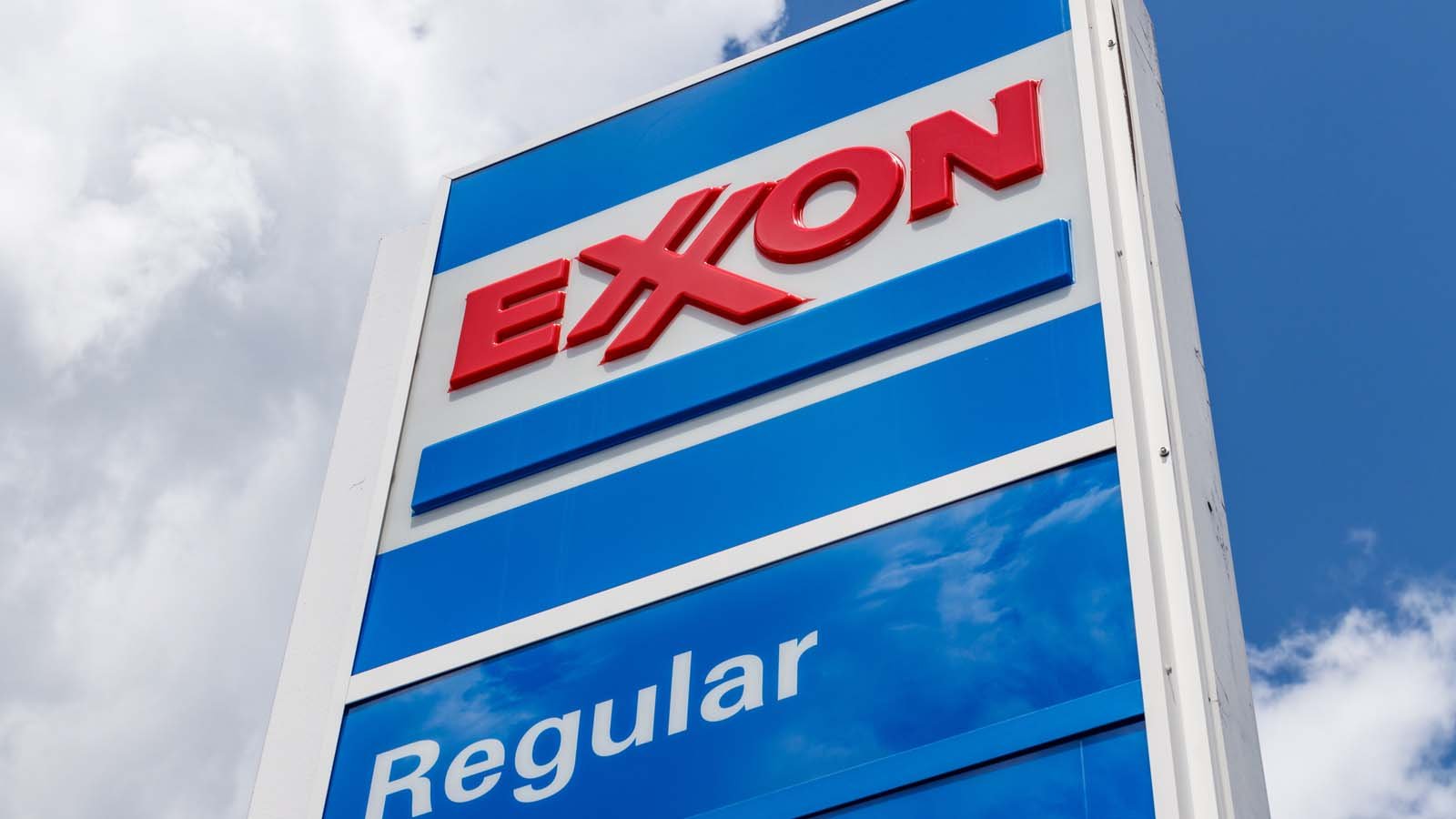On April 29, Exxon (NYSE:XOM) declared its regular 87 cents per share dividend. This makes Exxon Mobil stock very attractive with its annualized 7.8% dividend yield at today’s price.
Last month I wrote about the dividend and whether Exxon had the ability to continue to pay it. I suggested that Exxon could afford it, as long as they sold assets or borrowed money. But more importantly, CEO Darren Woods said Exxon would continue to pay the dividend.
Why XOM Stock Is Still Attractive
At the time, Exxon Mobil stock had an 8.3% dividend yield. I said then that XOM was very attractive since I believe the management about the dividend. I was proven right with the recent announcement. However, I still believe that Exxon is undervalued.
Moreover, since then, the price of oil has started to rise, now that production cuts in both the U.S. and OPEC have started. In addition, more U.S. states and other countries are emerging from coronavirus lockdown restrictions.
This will have the effect of increasing demand for oil and gas. That will help restore balance in the supply and demand equation that affects world oil prices.
What Exxon Is Worth Based on Its Dividend
One way to find a target value for Exxon Mobil stock is to look at its historical dividend yield. Seeking Alpha says that in the past four years, the dividend yield averaged 4.41%. This is 88% better than today’s yield.
One way to set the target price is to divide the present dividend per share by the historical dividend yield, and then adjust it.
So, for example, the quarterly dividend of 87 cents per share annualized is $3.48 per share. taking that dividend and dividing it by 4.41% (i.e. $3.48/.0441) is equal to $78.91 per share.
Since today’s price is $45.74, the potential upside is 71.8%.
Exxon’s Cash Flow Is Almost Sufficient
Two days after it declared the dividend, Exxon released its first-quarter financials. As expected, the company had a $620 million quarterly net income loss. But its actual cash flow from operations was still positive at $6.27 billion.
Moreover, Exxon uses a non-GAAP measure, called cash flow from operations and asset sales excluding working capital. This came to $7.3 billion in Q1.
That is useful information, since, on May 6, Exxon released its 10-Q filing with the SEC that shows how it financed the dividend. The 10-Q says the dividend last quarter cost $3.72 billion.
So, in a way, the CFFO ($6.27 billion) and adjusted CFFO ($7.3 billion) was more than enough to pay the $3.7 billion cost of the dividend. But we have forgotten about capital expenditure spending.
During Q1, capex was $5.94 billion. That means free cash flow, even on an adjusted basis was $1.35 billion (i.e., $7.3 billion minus $5.94 billion). This is not enough to cover all of the $3.7 billion quarterly dividend. Adjusted free cash flow covers about 37% of the dividend cost, even after asset sales.
Exxon’s Commitment to the Dividend
So, during the quarter, Exxon borrowed $8.45 billion to cover this overage and increase its cash balance. As I pointed out in my last article, Exxon’s management is committed to paying this dividend.
So far, Exxon is willing to borrow and make net asset sales to cover the dividend. In addition, they have committed to lowering capex spending to $23 billion.
For example, if adjusted FCF continues at $7.3 billion quarterly, its annual rate will be $29.2 billion. I suspect they expect that to rise at least 20% over the next year, to say $35 billion annually. This will come from both expense reductions and an increase in the price of oil and gas.
Therefore, adjusted FCF will be $12 billion or so ($35 billion less $23 billion). Since the dividend only costs $14.8 billion ($3.7 billion x 4), there will only be a $2.8 billion shortfall, plus or minus. I suspect that is the major reason why management was willing to borrow to cover the dividend this quarter.
This is excellent long-term thinking by Exxon’s management. It allows XOM stock to be fairly stable over time. Shareholders can expect that in a crisis, they will continue to receive their dividends, as management will adjust its expenses and finances to cover it.
The Bottom Line on Exxon Mobil Stock
XOM stock is worth more, possibly much more than its current stock price. Its dividend is stable and the dividend yield should continue to fall. The price of oil and gas will normalize with the uptick in global economic activity. In the long term, Exxon looks like a winner.
As of this writing, Mark Hake, CFA does not hold a position in any of the aforementioned securities. Mark Hake runs the Total Yield Value Guide which you can review here.

